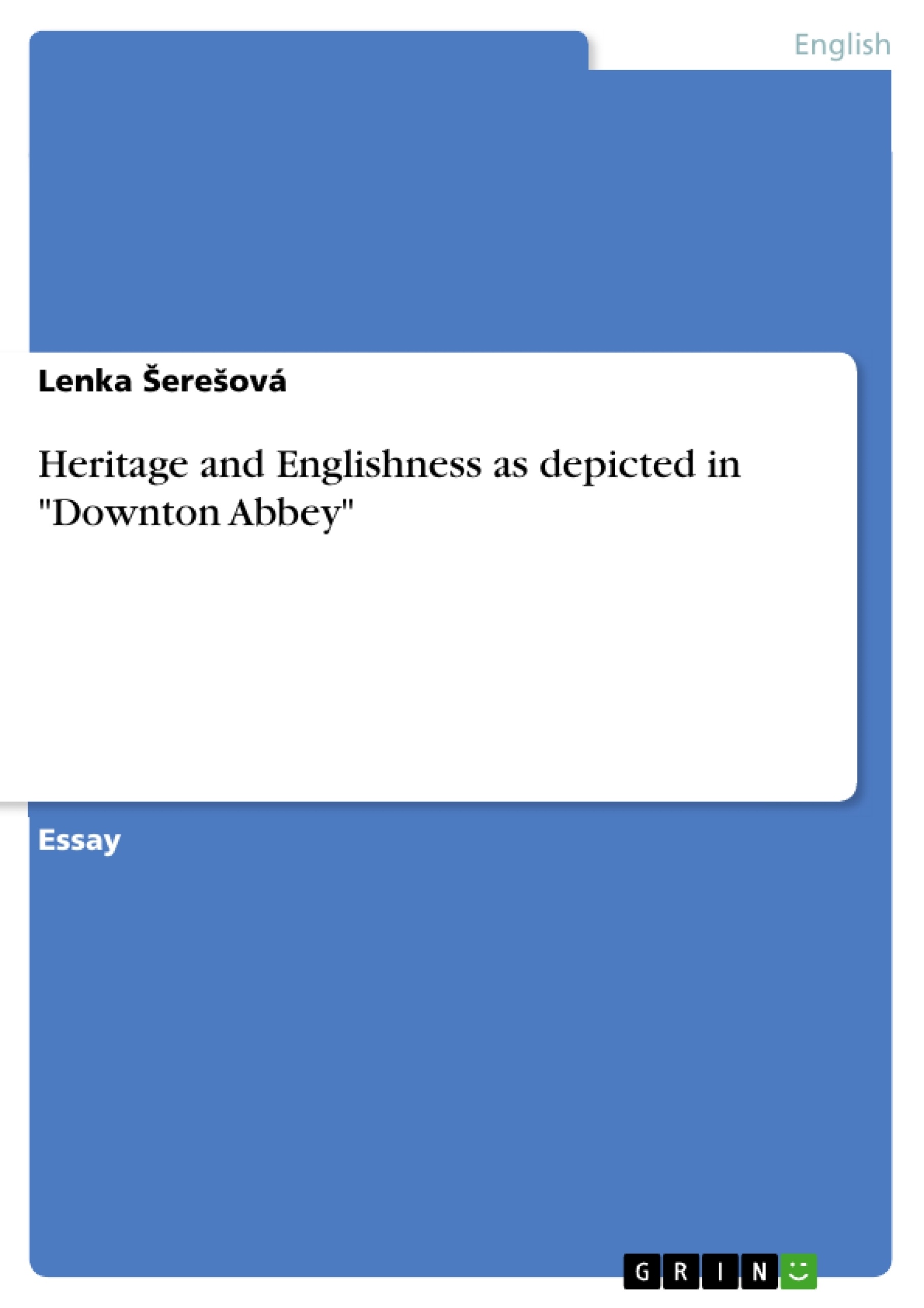Downton Abbey has become, without a doubt, one of the most popular series in the history of British television. Brought to life under the wings of ITV, it became a method of preserving history and national identity of Great Britain. By watching Downton, people not only spend some quality time entertaining themselves, they also learn about history of their own country and compare the life of the main characters with their own.
Downton Abbey is one of the latest examples of a screen genre that flourished mainly in 1980s and 1990s in Britain during the ´Thatcher´ years. The on-screen representation of the past became favourite way how to preserve history and “Britishness”. Thatcher´s National Heritage Acts of 1980 and 1983 became some kind of a catalyst for producing heritage films and series. For cultural critics the heritage genre was a means for government to create a great ´heritage industry´ that would push Britain under the spotlight of international audiences and help develop interest in Britain´s tourism.
Nowadays, the heritage films and dramas are easily recognisable. It all started with Jane Austen television adaptations by BBC. They portrayed aristocratic mansions and middle-class homes and examined privileged lives of those living in them. Merchant Ivory, Howards End and many more followed, showing precisely the same things. A heritage consumer industry was formed, that ´sold´ the past to audiences not only as an experience, but also as a product that could be bought and enjoyed.
The main purpose of the paper is to discuss the way how the series portraits the remains of a way of life that is no longer lived; the historical setting and characters, the relationship between aristocracy and servants and the impact of historical details that shaped the period and brought significant changes.
Inhaltsverzeichnis (Table of Contents)
- Introduction
- Downton Abbey as a microcosm representing the Kingdom itself
- Upstairs vs Downstairs
- Fashion is the girl's best friend (regardless of the period)
- A Life Long Forgotten
Zielsetzung und Themenschwerpunkte (Objectives and Key Themes)
This paper aims to analyze the portrayal of a bygone era in Downton Abbey, examining the historical setting, characters, and the relationship between aristocracy and servants. The paper explores how the series reflects the changes and challenges faced by both the aristocracy and England itself during the Edwardian period.
- Downton Abbey as a microcosm of England
- The impact of historical events on the characters and society
- The changing roles of servants and aristocracy
- The influence of technological advancements
- The challenges of maintaining tradition in a changing world
Zusammenfassung der Kapitel (Chapter Summaries)
- Introduction: This chapter introduces Downton Abbey as a popular television series that reflects British history and national identity. It explores the "heritage genre" in British television and how it emerged during Thatcher's reign.
- Downton Abbey as a microcosm representing the Kingdom itself: This chapter delves into the parallels between Downton Abbey and England, both facing financial challenges and the need for change. It discusses the role of American heiresses in rescuing English estates and the complexities of maintaining tradition in a changing world.
- Upstairs vs Downstairs: This chapter explores the lives of servants in Downton Abbey, highlighting their hierarchy and working conditions. It examines the significance of uniforms and the stark contrast between the lives of servants and their employers.
Schlüsselwörter (Keywords)
The key words and topics of this analysis include Downton Abbey, Edwardian era, British history, aristocracy, servants, domestic service, heritage genre, technology, social change, and the contrast between tradition and modernity.
- Citar trabajo
- Bc. Lenka Šerešová (Autor), 2016, Heritage and Englishness as depicted in "Downton Abbey", Múnich, GRIN Verlag, https://www.grin.com/document/338677



